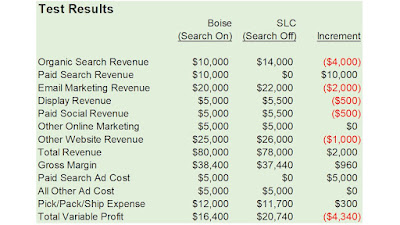Somebody in soccer once said that a good manager improves a team by 10% but a bad manager harms a team by 30%.
Something similar could probably be said for marketing campaigns. Have you ever noticed that you have far more campaigns today than you had in 2007 and your annual customer retention/rebuy rates are flat or down vs. 15 years ago?
How is that possible?
Campaigns suffer from "regression to the mean".
Let's say that your customer rebuy rate (on an annual basis) is 36%. Let's assume that you have 24 key campaign windows per year, two per month. This means that 1.5% points of your rebuy rate are "at play" during any window.
Now let's assume that a brilliant campaign increases your 1.5% points of rebuy rate by 20%. The 1.5% response that is at play become 1.5% * 1.20 = 1.8%.
On an annual basis? You increased rebuy rates from 36% to 36.3%. On an annual basis you accomplished nothing.
Because results regress to the mean ... in other words, you are not going to have 24 perfectly flawless campaigns that inspire all of your customers to purchase.
This is the failure of marketing campaigns. They all cannot be great, therefore, as a collective they do not fundamentally change the purchase dynamics within your customer base (though they create a TON of work for your staff and for your vendors).
This is why I continually harp on three key elements to marketing strategy.
- Customer Awareness, which leads to Customer Acquisition success.
- Customer Development, which pushes a 1st time buyer to a 2nd order within 12 weeks of acquisition.
- Profit generation among all good customers, which funds all activities at your company.













